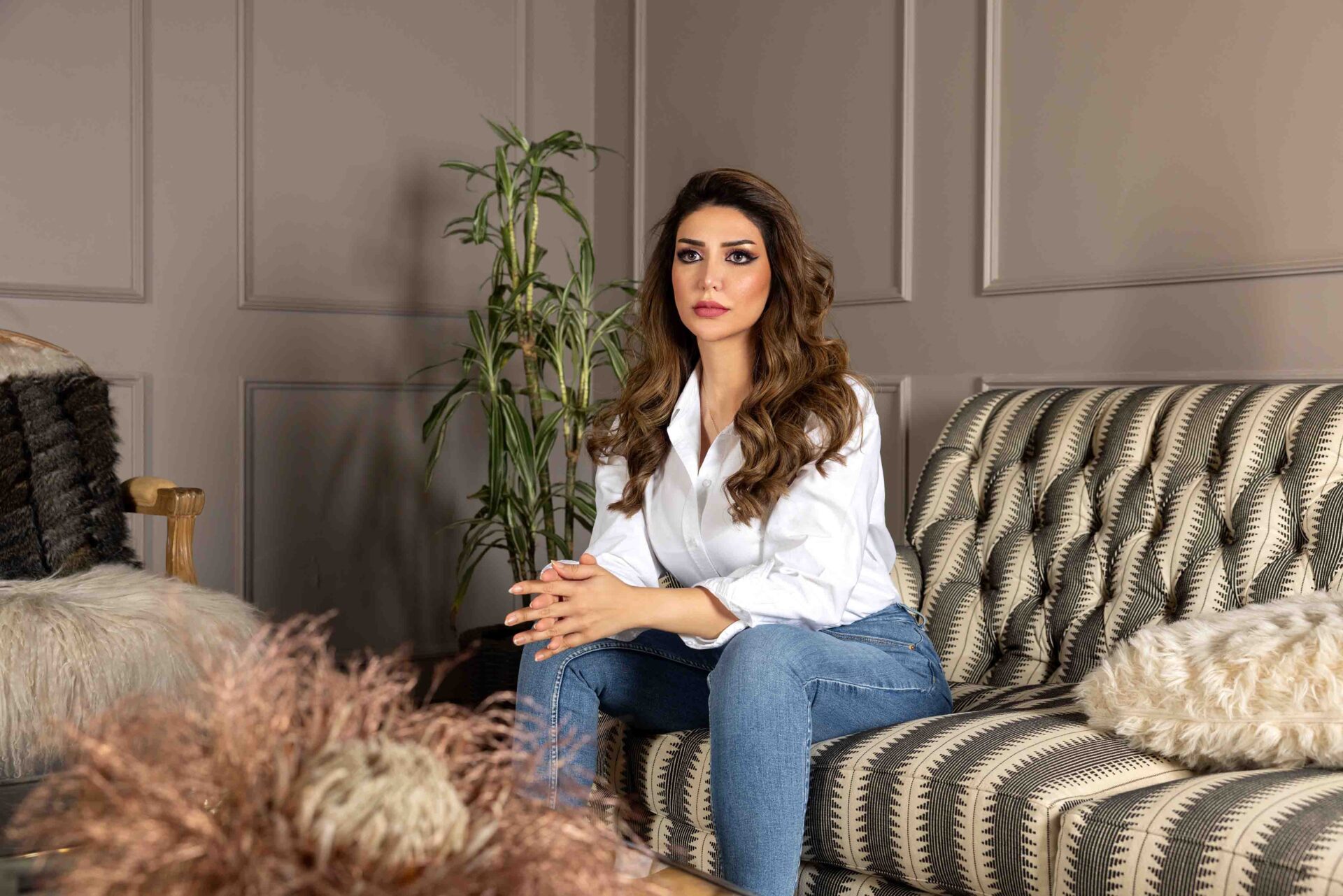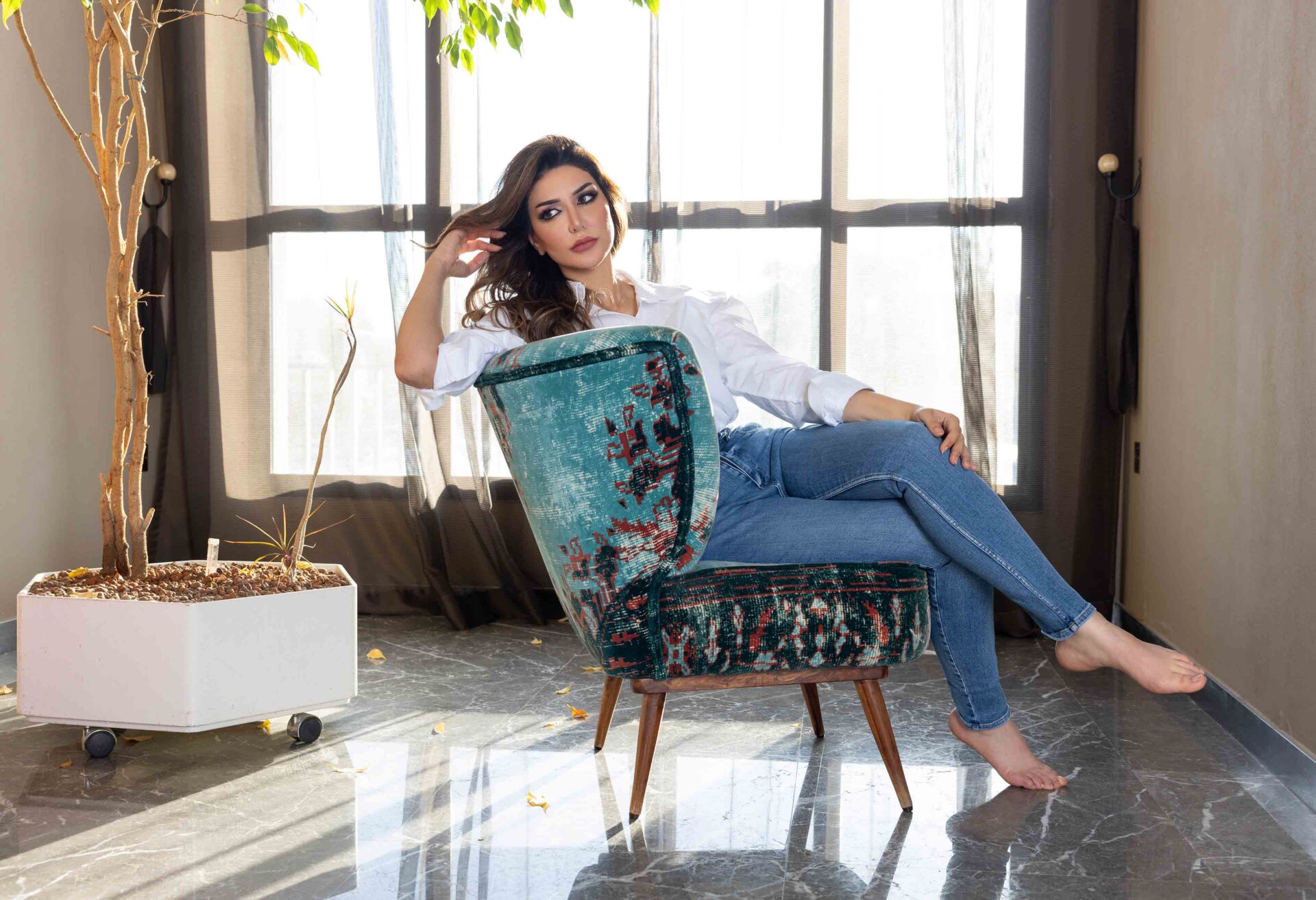“Pioneering Innovation in Nuclear Medicine and Patient Care.”
Dr. Anfal Al-Kandari is a distinguished assistant professor and nuclear medicine specialist at the Kuwait Ministry of Health. With an impressive academic background that includes a Bachelor’s degree in Nuclear Medicine, a supplementary BSc, a Master’s degree in Medical Biophysics, and a PhD in Biophysics, Dr. Al-Kandari has established herself as a leading figure in the evolving field of nuclear medicine. Her passion for patient-centred care and cutting-edge research has driven her to explore innovative diagnostic and therapeutic techniques that are revolutionising healthcare.
A dedicated researcher, Dr. Al-Kandari has made significant contributions to the development of novel radiopharmaceutical agents, publishing her findings in international journals to advance medical science. Her expertise extends beyond clinical practice, as she actively participates in the advancement of nuclear medicine standards across the Gulf region and beyond.
In this exclusive interview, Dr. Al-Kandari shares her journey into the specialised field of nuclear medicine, the challenges she has overcome, and her vision for the future of the field. She also discusses critical topics such as radiation safety, emerging technologies, and the role of artificial intelligence in nuclear medicine. Get ready to be inspired by her knowledge, achievements, and passion for making a difference in healthcare.

Can you tell us about your educational background and how you became interested in the field of nuclear medicine?
I am an assistant professor and nuclear medicine specialist at the Kuwait Ministry of Health. I hold a Bachelor’s degree in Nuclear Medicine, a supplementary BSc, a Master’s degree in Medical Biophysics, and a PhD in Biophysics. I was drawn to the field of nuclear medicine not only because it is an evolving specialty but also because I find patient interactions extremely rewarding.
What challenges did you face while pursuing a career in such a specialized field, and how did you overcome them?
The main challenge was dealing with high radiation exposure. I overcame this by carefully adhering to the International Atomic Energy Agency’s radiation protection guidelines.
For those who may not know, could you explain what nuclear medicine entails and how it differs from traditional medical practices?
Nuclear medicine is a medical specialty that involves the use of radioactive isotopes in the diagnosis and treatment of diseases. Unlike radiology, where X-rays enter the body from outside, nuclear medicine involves introducing radioactive materials into the body, which are then detected by scintigraphy scanners.

What do you believe is the most promising aspect of nuclear medicine today?
The most promising aspects of nuclear medicine today are nuclear theranostics and the applications of artificial intelligence in the field.
How is nuclear medicine used in diagnosing and treating diseases like cancer?
In diagnosis, patients receive a radiopharmaceutical through inhalation, swallowing, or injection. Once the radioactive material accumulates in the targeted tissues or organs, the patient undergoes a scan. In therapy, radiopharmaceuticals are used to target and kill cancer cells.
What role does Kuwait, or the Gulf region, play in advancing nuclear medicine research and practices?
Kuwait has a very professional Nuclear Medicine training program and a vision to bring nuclear medicine services up to international standards. Additionally, the GCC Annual Nuclear Medicine Conference serves as a platform to discuss challenges, progress, and future prospects in the field.
What are some of the most well-known cases of radiation contamination, and what impact did they have on public health?
Outside of medicine, incidents like the Chernobyl disaster and other nuclear power plant accidents have been historically significant. These accidents have caused long-term effects such as cancer and birth defects, as well as short-term effects like fatal radiation sickness.

What steps do professionals in nuclear medicine take to ensure protection against radiation contamination for both themselves and their patients?
“ALARA” is the guiding principle of radiation safety, standing for “as low as reasonably achievable.” This involves minimizing exposure through time management, maintaining distance, and using shielding. For patients, we ensure isotopes are administered at low doses, with low energy, and have a high clearance rate, depending on the type of study or treatment.
What advice would you give to governments and health institutions to improve their nuclear safety regulations?
Governments and institutions should calculate public radiation exposure levels and raise awareness among the general population.
Are there any upcoming technological advancements that could enhance protection against radiation exposure?
Research is ongoing to develop advanced personal radiation dosimeters and protective equipment, including clothing and accessories, to minimize the risk of disease and injury from radiation exposure.

What accomplishments in your career are you most proud of?
I am proud of publishing papers in international journals on novel radiopharmaceutical agents, which have had a significant impact on the diagnosis and treatment of various medical conditions.
What do you enjoy doing in your free time when you’re not working?
In my free time, I enjoy participating in a variety of activities, such as playing sports and music.
Who has been your greatest inspiration or role model in your life and career?
I don’t have a specific role model, but I admire smart and kind people. I also strive to learn from my mistakes and experiences.
What is your motto in life?
Be real, not perfect.
What is your favorite quote?
“Insanity is doing the same thing over and over again and expecting different results.” – Albert Einstein.

What topics or areas of nuclear medicine are you most passionate about, and would you consider contributing to CP magazine in the future with your insights and knowledge?
I am particularly passionate about research in radiopharmaceutical production. I would definitely love to contribute to CP magazine and share my knowledge and upcoming developments in the field.
Your message for us at CP magazine.
Thank you for your time and effort in conducting this interview. Your fascinating questions show that you must have read extensively about nuclear medicine. I hope my answers have been equally insightful. I am also impressed by CP magazine’s progress and wish you continued success.
STYLING / CONCEPT / ART DIRECTION: JAMEEL ARIF (@jameelarif)
HAIR & MAKEUP BY: MARIYA MATVEYCHUK (@mariya_matveychuk) AT (@beautybarmm)
PHOTOGRAPHER: NAVAS (@navas_foto)
LOCATION: Nouriah Residence by HOUSE LIVING (@house.living)








